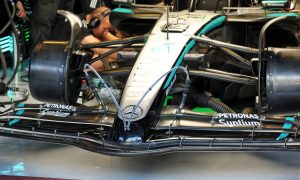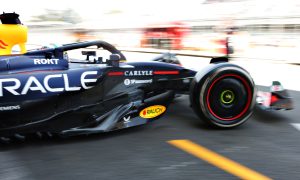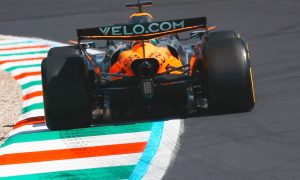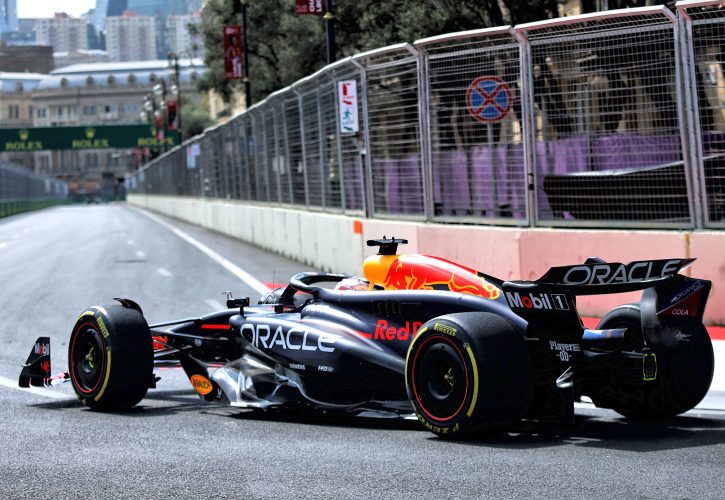
Only three teams carried out upgrades on their cars ahead of this weekend’s Azerbaijan GP, but the so-called “subtle” change implemented by Red Bull on its RB20 have garnered the most attention.
The Milton Keynes-based outfit is still chasing answers to the chronic balance issues that have gradually eroded the car’s performance this season.
Championship leader Max Verstappen hasn’t stood on the top step of the podium all summer, which has allowed McLaren’s Lando Norris to reduce his gap in the Drivers’ standings to 52 points, while Red Bull itself only hold an 8-point lead over team papaya in the Constructors’ championship.
Red Bull’s development for Baku is focused on just a single but crucial element; the RB20’s floor, where modification have been made to improve performance and flow conditioning.
The team says that the component’s tunnel geometry has been subtly revised by “locally raising or lowering the surfaces” in a bid to improve the pressure gradients along the floor to optimize local and downstream flow in all conditions.
"The scale of the update kind of determines the phase lag in there, so if we've managed to do it for this race, it's not the biggest one we'll ever undertake in terms of geometry change,” explained Red Bull chief engineer Paul Monaghan.
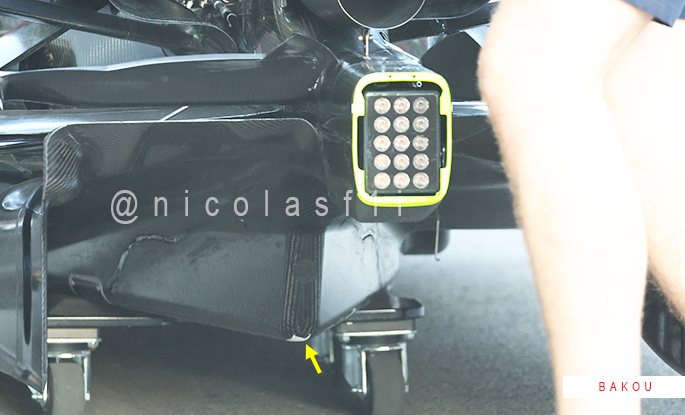
"It's subtle, could the effect be good? Yes. And I think the proof of the pudding will be on Sunday afternoon.
“Let's see how we go. And then we'll know a bit more about what we're doing. This time around, all of our research says this is the right thing to do. Ultimately, our test is later today."
Over at Aston Martin, Team Silverstone’s engineers have revised the trim to the bottom edge of the lower deflector on the AMR24’s rear corner.
The was done to modify the local flowfield around the rear part of the floor improving its performance.
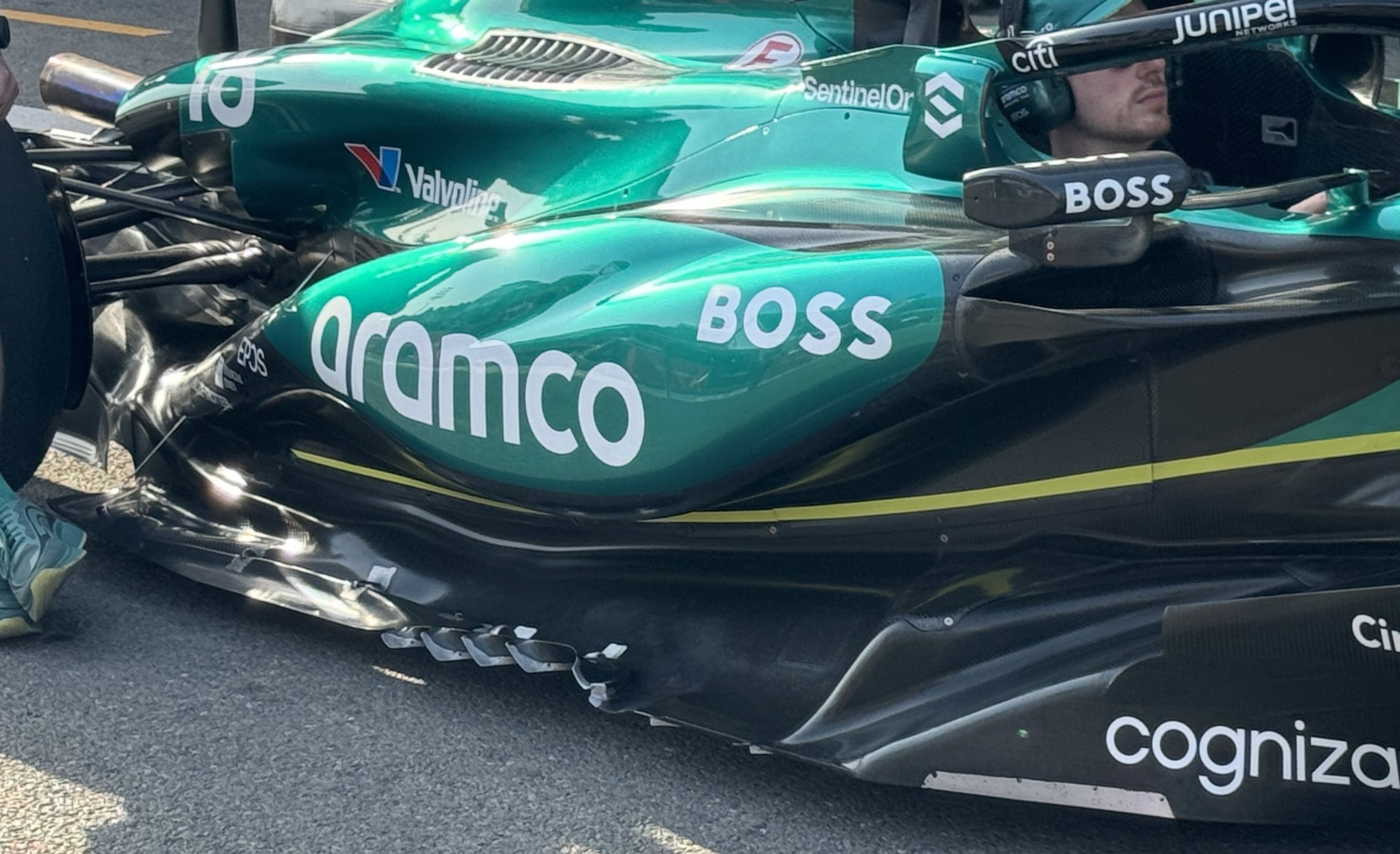
©X/AlbertFabrega
Finally, Visa Cash App RB has introduced a Baku-specific front wing on its VCARB 01 that features a reduced camber flap compared to previous low-balance components.
The less cambered element reduces the amount of overall load generated by the front wing assembly, to efficiently balance the car at circuits which are both low-drag and low-balance.
Keep up to date with all the F1 news via Facebook and Twitter



